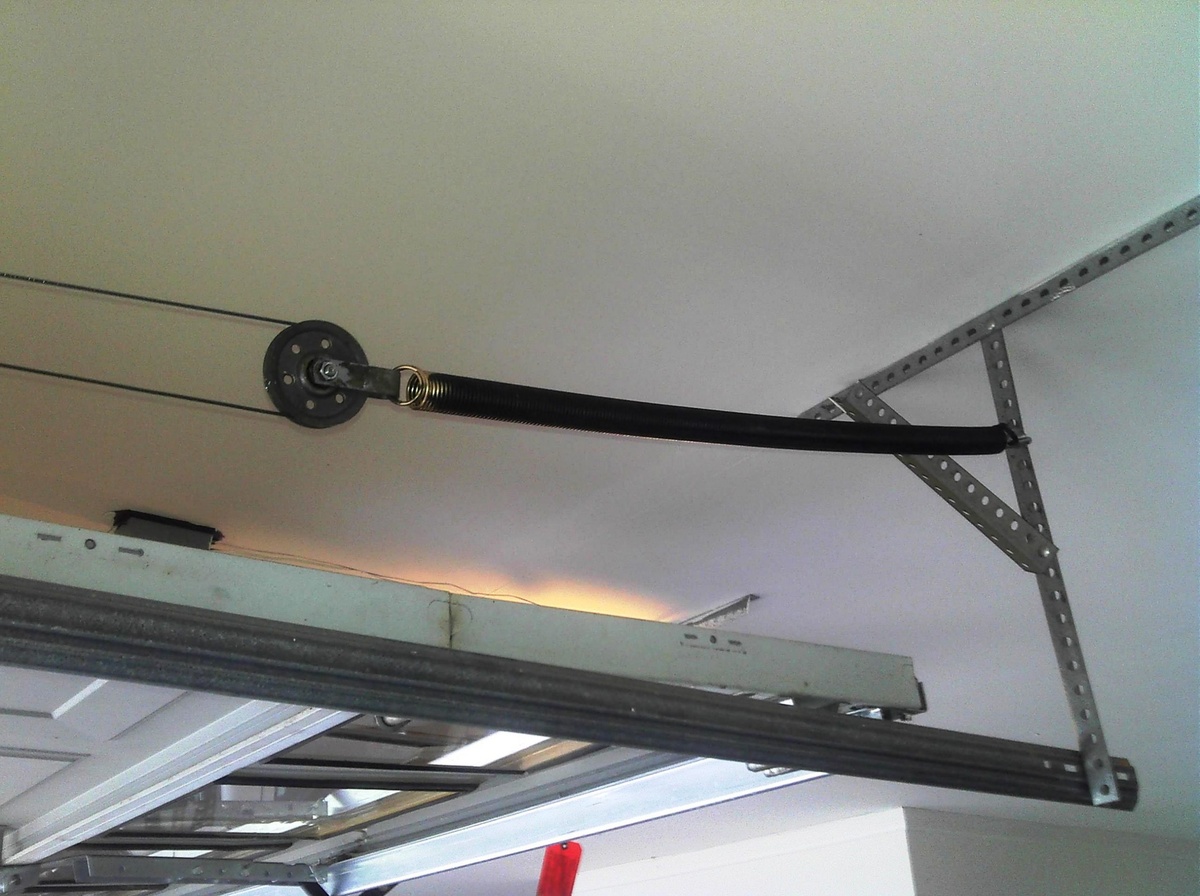

Articles
How Does A Garage Door Spring Work
Modified: October 22, 2024
Discover how garage door springs work in this informative article. Learn about the different types of springs and their importance in ensuring smooth and safe operation.
(Many of the links in this article redirect to a specific reviewed product. Your purchase of these products through affiliate links helps to generate commission for Storables.com, at no extra cost. Learn more)
Introduction
A garage door spring is an essential component of any garage door system, responsible for the smooth and efficient operation of the door. Without a properly functioning spring, the door may become difficult to open and close, posing a safety risk to individuals and potential damage to the door itself.
In this article, we will explore the types of garage door springs, their components, and how they work. Additionally, we will discuss the factors that can affect garage door spring performance, signs of a faulty spring, safety precautions when dealing with garage door springs, and steps to replace a garage door spring.
Understanding how a garage door spring works is crucial for homeowners to maintain their garage door system’s functionality and ensure safe operation.
Key Takeaways:
- Understanding the different types of garage door springs, their components, and how they work is crucial for homeowners to maintain the functionality and safety of their garage doors. Regular maintenance and inspection are essential to ensure optimal performance and longevity.
- Safety precautions should always be a top priority when dealing with garage door springs due to their high tension. It is highly recommended to leave the installation, adjustment, or replacement of springs to trained professionals and to wear appropriate protective gear when working around the springs.
Read more: Why Does Garage Door Spring Break
Types of Garage Door Springs
There are two main types of garage door springs: torsion springs and extension springs. Each type has its own unique characteristics and mechanisms.
- Torsion Springs: Torsion springs are the most common type of garage door springs and are typically mounted above the garage door opening. These springs are designed to twist and store energy when the door is closed. As the door opens, the stored energy in the spring is released, helping to lift and balance the weight of the door. Torsion springs are known for their durability and ability to provide a smoother operation for heavier garage doors. They are available in different sizes and strengths to accommodate various door sizes and weights.
- Extension Springs: Extension springs are usually mounted on either side of the garage door tracks. They work by stretching and contracting as the door opens and closes. Unlike torsion springs, extension springs store energy through their ability to extend or stretch. When the door is closed, the springs are in a stretched position, storing energy. When the door is opened, the springs contract, releasing the stored energy to assist in lifting the door. Extension springs are more affordable and easier to install compared to torsion springs. However, they may not provide as smooth of an operation and may require regular maintenance and adjustments.
It’s important to note that the type of garage door spring required for a specific door depends on factors such as the weight of the door, the height of the garage ceiling, and the available headroom and backroom for the spring assembly. Consulting a professional garage door technician can help determine the appropriate type and size of spring for your specific garage door.
Components of a Garage Door Spring
A garage door spring consists of several key components that work together to provide the necessary tension and support for the operation of the garage door. Understanding these components is important for maintaining and replacing garage door springs.
- Coil: The coil, also known as the spring body, is the main part of the garage door spring. It is generally made of high-tensile steel and is designed to withstand the tension and torque required to lift the garage door. The coil is tightly wound and can come in various sizes and lengths to accommodate different garage door sizes and weights.
- End Cones: End cones are located at each end of the coil and are used to secure the spring to the torsion tube or the bottom of the door track. They help to prevent the spring from unraveling and keep it in place during operation.
- Center Bearing Plates: Center bearing plates are typically found in torsion spring systems. They are attached to the torsion tube and serve as a central support for the garage door’s weight. The bearing plates contain a bearing or bushing that allows the torsion tube to rotate smoothly as the spring unwinds or winds up.
- Cable Drums: Cable drums are circular drums located on either side of the torsion spring. The garage door cables are wrapped around the drums to lift and lower the door. The cable drums help to distribute the tension evenly and keep the door balanced during operation.
- Bottom Brackets: Bottom brackets are attached to the bottom of the garage door and connect the cables from the cable drums. They help guide the cables and hold them securely in place. The bottom brackets also serve as a point of attachment for the lift cables and provide stability to the garage door system.
These components work in unison to ensure the smooth and balanced operation of the garage door. Regular inspection and maintenance of these components, including checking for wear and tear, lubricating moving parts, and tightening any loose connections, can help prolong the lifespan of the garage door spring and prevent any potential issues.
How Does a Torsion Spring Work?
Torsion springs are commonly used in garage doors to counterbalance the weight of the door and assist in its opening and closing. Understanding how a torsion spring works can provide insight into the mechanics of the garage door system.
When a garage door is closed, the torsion spring is tightly wound and stores mechanical energy in the form of torque. As the door is opened, the torsion spring unwinds, releasing this stored energy to help lift the weight of the door.
The torsion spring is installed above the garage door on a rod called the torsion tube. It is secured at each end through end caps and smoothly rotates with the torsion tube as the door moves. The spring expands and contracts as it winds and unwinds, depending on the position of the door.
As the spring unwinds, it exerts a rotational force on the torsion tube. This force is transmitted to the drums attached to the cable on each side of the door. The cables wind around the drums, and as they are pulled by the unwinding spring, they lift the garage door. When the door is lowered, the torsion spring winds back up, storing energy to be released again during the next opening cycle.
Torsion springs are designed to provide the necessary amount of tension for the specific weight and size of the garage door. The spring’s properties, such as wire diameter, coil length, and number of turns, are carefully calculated to ensure that the door can be smoothly lifted and lowered with minimal effort.
It is crucial to note that handling torsion springs can be dangerous due to the high amount of tension they hold. It is highly recommended to leave the installation, adjustment, or replacement of torsion springs to trained professionals with the necessary tools and expertise. Attempting to work with torsion springs without proper knowledge and precautions can result in serious injuries or damage to the garage door system.
Regular maintenance and inspection of torsion springs are essential to ensure their proper functioning. If signs of wear, rust, or damage are present, it is advised to contact a professional technician to assess the springs and take appropriate action.
How Does an Extension Spring Work?
An extension spring is a type of garage door spring that operates by stretching and contracting to counterbalance the weight of the garage door. Understanding how an extension spring works can provide valuable insight into the mechanics of the garage door system.
Extension springs are typically installed on each side of the garage door track, with a pulley system that assists in lifting and lowering the door. When the garage door is closed, the extension springs are in a stretched position, storing mechanical energy.
As the door is opened, the tension in the extension springs is released, allowing them to contract and assist in lifting the door. The extension springs work by applying a force that counterbalances the weight of the door, making it easier to open and close.
The extension springs are attached to the rear track hangers and secured to the garage door track system. They are connected to the bottom brackets through cables. When the door is opened, the cables pull on the bottom brackets, causing the extension springs to contract and provide the necessary force to lift the door.
During the closing operation, the extension springs stretch back to their original length, storing energy for the next opening cycle. They act as a spring-loaded mechanism that absorbs and releases energy, ensuring the smooth and controlled movement of the garage door.
It is important to note that proper tension adjustment is crucial for the effective functioning of extension springs. The tension needs to be correctly calibrated to match the weight of the garage door. Too much tension can cause the door to close too quickly and forcefully, while too little tension may cause the door to struggle or fail to close properly.
Regular maintenance and inspection of extension springs are essential to check for any signs of wear, corrosion, or damage. If there are visible signs of wear or if the springs are not producing the desired tension, it is recommended to consult a professional garage door technician for adjustment or replacement.
Handling extension springs should be done with caution, as they are under high tension and can cause injuries if mishandled. It is strongly advised to leave the installation, adjustment, and replacement of extension springs to trained professionals who have the knowledge, expertise, and proper tools to ensure safety.
Regular maintenance and lubrication of your garage door springs can help extend their lifespan and prevent potential issues. Inspect them for wear and tear regularly and address any issues promptly to avoid costly repairs.
Read more: How Long Does A Garage Door Spring Last
Factors Affecting Garage Door Spring Performance
The performance of garage door springs can be influenced by various factors. Understanding these factors can help homeowners maintain their garage door system and ensure the longevity and reliability of the springs. Here are some key factors that can affect garage door spring performance:
- Weight of the Garage Door: The weight of the garage door is a crucial factor that determines the type and size of the springs needed. If the springs are not properly matched to the weight of the door, they may not provide sufficient tension or support, leading to issues with the door’s operation.
- Frequency of Use: The frequency at which the garage door is opened and closed can impact the performance of the springs. Springs are designed to withstand a certain number of cycles before they may start to weaken or wear out. Frequent use can accelerate the wear and tear process, requiring more frequent maintenance or replacement of the springs.
- Maintenance and Lubrication: Regular maintenance and lubrication of the garage door system, including the springs, are critical for optimal performance. Lack of maintenance can lead to increased friction and wear on the springs, causing them to lose their tension and eventually fail.
- Temperature and Climate: Extreme temperature fluctuations and harsh environments can impact the performance of garage door springs. Exposure to extreme heat or cold can cause the metal springs to expand or contract, affecting their ability to provide the necessary tension for the door’s operation.
- Quality of Springs: The quality of the springs used in the garage door system can significantly impact their performance and lifespan. Higher-quality springs are typically made from durable materials and undergo rigorous testing, ensuring they can withstand the demands of daily use.
It is important for homeowners to regularly inspect their garage door springs and address any issues promptly. Signs of a faulty spring include uneven movement of the garage door, excessive noise during operation, visible gaps or separation in the springs, or difficulty in opening or closing the door.
Consulting a professional garage door technician for regular maintenance and inspection is strongly recommended to identify and address any potential issues with the springs and ensure the overall performance and safety of the garage door system.
Signs of a Faulty Garage Door Spring
Garage door springs play a crucial role in the smooth and balanced operation of your garage door. When a spring becomes faulty or worn out, it can lead to various issues that can affect the functionality and safety of the door. Here are some signs that indicate a faulty garage door spring:
- Difficulty in Opening or Closing: If you experience significant difficulty in opening or closing your garage door, it may be a sign of a faulty spring. The spring’s ability to provide the necessary tension and support for the door may be compromised, leading to additional strain on the opener mechanism or misalignment of the door.
- Uneven Movement of the Garage Door: If you notice that your garage door is not moving smoothly or is tilting to one side when opening or closing, it could indicate a problem with the springs. Uneven tension in the springs can cause the door to become misaligned, resulting in an unbalanced and potentially unsafe operation.
- Loud or Excessive Noise: A worn-out or damaged garage door spring can produce loud and excessive noises during operation. If you hear popping, creaking, or squeaking sounds coming from the spring or the door itself, it is a clear indication that the spring may be in need of repair or replacement.
- Gaps or Separation in the Springs: Inspect the springs visually and look for any visible gaps or separation in their coils. If you notice any irregularities or deformities in the springs, it could indicate weakening or imminent failure. It’s essential to address this issue promptly to avoid further damage or potential safety hazards.
- Sudden Door Imbalance: If your garage door suddenly becomes imbalanced, with one side lifting higher than the other, it is likely due to a faulty spring. A broken or weakened spring can cause uneven tension distribution, leading to an imbalanced door, which can be dangerous and should be addressed immediately.
It is important to note that garage door springs are under high tension and can be dangerous to handle. If you suspect that your garage door springs are faulty or if you encounter any of the signs mentioned above, it is strongly advised to seek the assistance of a professional garage door technician. They have the expertise and tools required to safely inspect, diagnose, and replace the faulty springs, ensuring the proper functioning and longevity of your garage door system.
Safety Precautions while Dealing with Garage Door Springs
Working with garage door springs can be potentially dangerous due to the high tension they hold. It is crucial to take proper safety precautions to minimize the risk of accidents or injuries. Here are some important safety guidelines to follow when dealing with garage door springs:
- Leave it to the Professionals: Garage door spring repair, adjustment, or replacement should be handled by trained professionals with the necessary knowledge and tools. It is highly recommended to avoid DIY attempts, as mishandling springs can lead to serious injuries or damage to the garage door system.
- Wear Protective Gear: When working around garage door springs, it is important to wear appropriate protective gear to safeguard yourself. This includes safety glasses, gloves, and sturdy footwear to protect against potential flying debris or spring-related accidents.
- Disconnect the Power: Before performing any maintenance or repairs on the garage door springs, make sure to disconnect the power to the opener system. This ensures that the door cannot accidentally be activated while you are working on it.
- Secure the Garage Door: Properly secure the garage door in its open position using a clamp or locking mechanism. This prevents the door from unexpectedly closing or falling, providing a stable and safe working environment.
- Release Tension Gradually: If you need to release tension from a torsion spring, do it gradually and with caution. Using winding bars, carefully and slowly unwind the spring, following the manufacturer’s instructions or relying on the expertise of a professional.
- Properly Dispose of Worn-out Springs: When replacing garage door springs, ensure that the old or worn-out springs are disposed of properly. Consult local regulations and guidelines for safe disposal methods or contact a professional who can handle the disposal process safely.
- Regular Maintenance and Inspection: To maintain the safety of your garage door system, schedule regular maintenance and inspection by a professional technician. They can identify any potential issues with the springs and address them before they become more significant problems.
Remember, safety should always be the top priority when working with garage door springs. By adhering to these safety precautions and seeking professional assistance, you can ensure safe and efficient maintenance and repair of your garage door springs.
Steps to Replace a Garage Door Spring
Replacing a garage door spring is a complex task that requires specific knowledge and skill. It is highly recommended to leave this job to a professional garage door technician. However, if you have the necessary experience, tools, and confidence to take on the task, here are the general steps involved in replacing a garage door spring:
- Gather the Required Tools: Before you begin, ensure that you have all the necessary tools for the job, including replacement springs, winding bars, safety glasses, gloves, and a ladder. Safety should always be a priority.
- Safely Release Tension from the Old Spring: Using winding bars, slowly and carefully unwind the tension from the old spring according to the manufacturer’s instructions or following professional guidance. Release the tension gradually to minimize the risk of accidents.
- Remove the Old Spring: Once the tension has been released, carefully remove the old spring from its mounting brackets, taking note of how it was installed. Pay close attention to the orientation and alignment of the spring for proper installation of the new one.
- Install the New Spring: Position the new spring onto the mounting brackets, ensuring that it is properly aligned and secured. Follow the manufacturer’s instructions for the specific type of spring you are installing.
- Wind the New Spring: Using winding bars, gradually wind the new spring to achieve the desired tension. Be cautious and refer to professional guidance or manufacturer instructions to avoid over-winding or under-winding the spring.
- Reattach Cables and Components: Once the new spring is properly tensioned, reattach the cables and other components, including the safety cables, pulleys, and bottom brackets. Ensure that everything is securely in place.
- Test the Garage Door: Carefully lower the garage door and test its operation. Make sure it opens and closes smoothly and without any unusual noises or issues. If there are any problems, consult a professional to address them.
- Maintain and Inspect: Regularly inspect and maintain the garage door system to ensure its continued performance and safety. Lubricate moving parts, check for signs of wear or damage, and schedule professional maintenance if needed.
It is important to note that the steps mentioned above are a general guide and may vary depending on the specific type and model of your garage door and spring system. For optimal safety and proper installation, it is strongly advised to seek the assistance of a professional garage door technician.
Attempting to replace a garage door spring without the necessary experience and knowledge can lead to serious injuries or further damage to the door system. Put your safety first and rely on the expertise of trained professionals for accurate and safe installation of garage door springs.
Read more: How Does A Garage Door Lock Work
Conclusion
A garage door spring is a crucial component of the garage door system, providing the necessary tension and support for smooth and balanced operation. Understanding the different types of garage door springs, their components, and how they work is essential for homeowners to maintain the functionality and safety of their garage doors.
Torsion springs and extension springs are the two main types of garage door springs, each with its own unique characteristics and mechanisms. Torsion springs are typically mounted above the door and use torque to store and release energy, while extension springs are located on the sides of the door and stretch and contract to assist with lifting and lowering.
Regular maintenance and inspection of garage door springs are crucial to ensure optimal performance. Signs of a faulty spring include difficulty in opening or closing the door, uneven movement, excessive noise, or visible gaps or separation in the springs. If any of these signs are present, it is important to seek the assistance of a professional garage door technician for inspection and repair.
While garage door springs can be dangerous to work with due to their high tension, following proper safety precautions can minimize the risk of accidents or injuries. It is essential to leave the installation, adjustment, or replacement of springs to trained professionals and to wear appropriate protective gear when working around the springs.
In conclusion, maintaining the performance and safety of garage door springs is essential for the proper functioning of your garage door. By understanding the different types of springs, recognizing signs of faults, and prioritizing safety, you can ensure the longevity and reliability of your garage door system.
Remember, when in doubt or if you encounter any issues with your garage door springs, it is best to consult a professional garage door technician who can provide expert advice and assistance. Safeguarding your garage door springs will result in a well-functioning and secure garage door for years to come.
Frequently Asked Questions about How Does A Garage Door Spring Work
Was this page helpful?
At Storables.com, we guarantee accurate and reliable information. Our content, validated by Expert Board Contributors, is crafted following stringent Editorial Policies. We're committed to providing you with well-researched, expert-backed insights for all your informational needs.
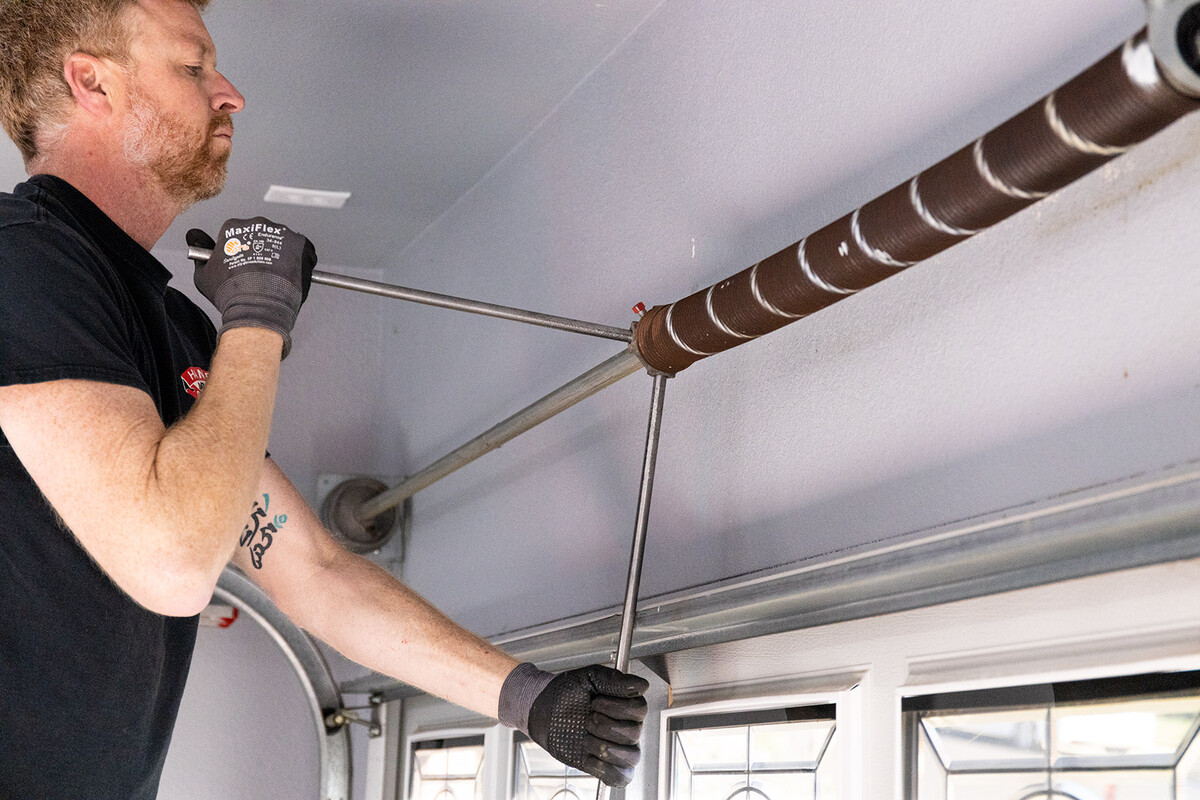
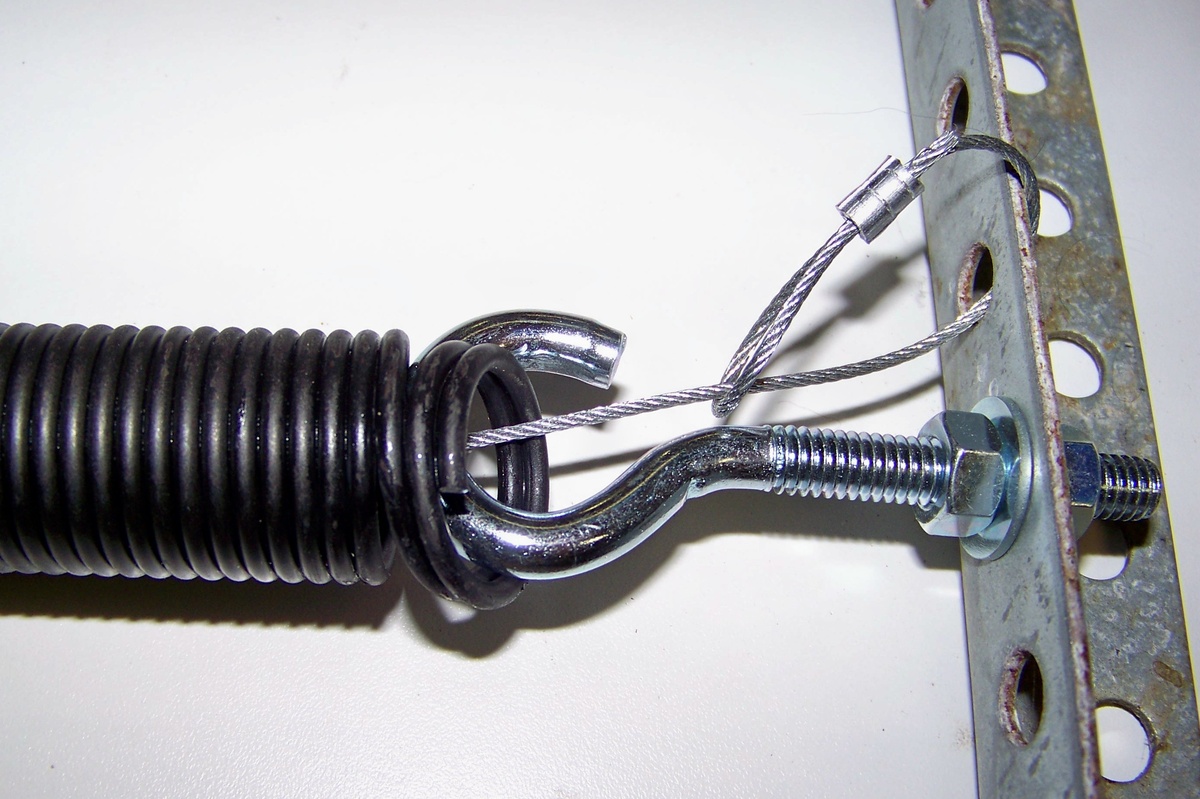
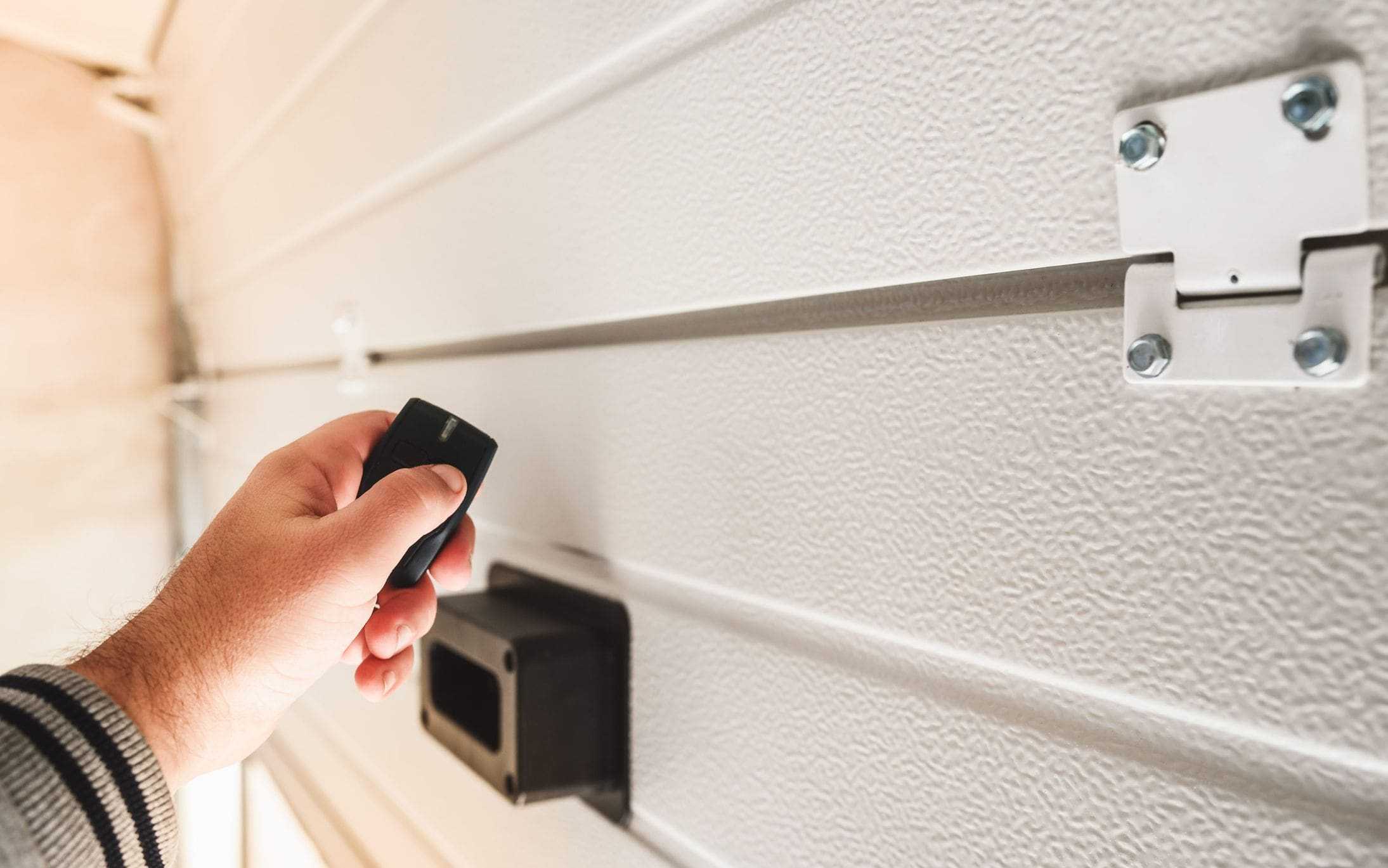
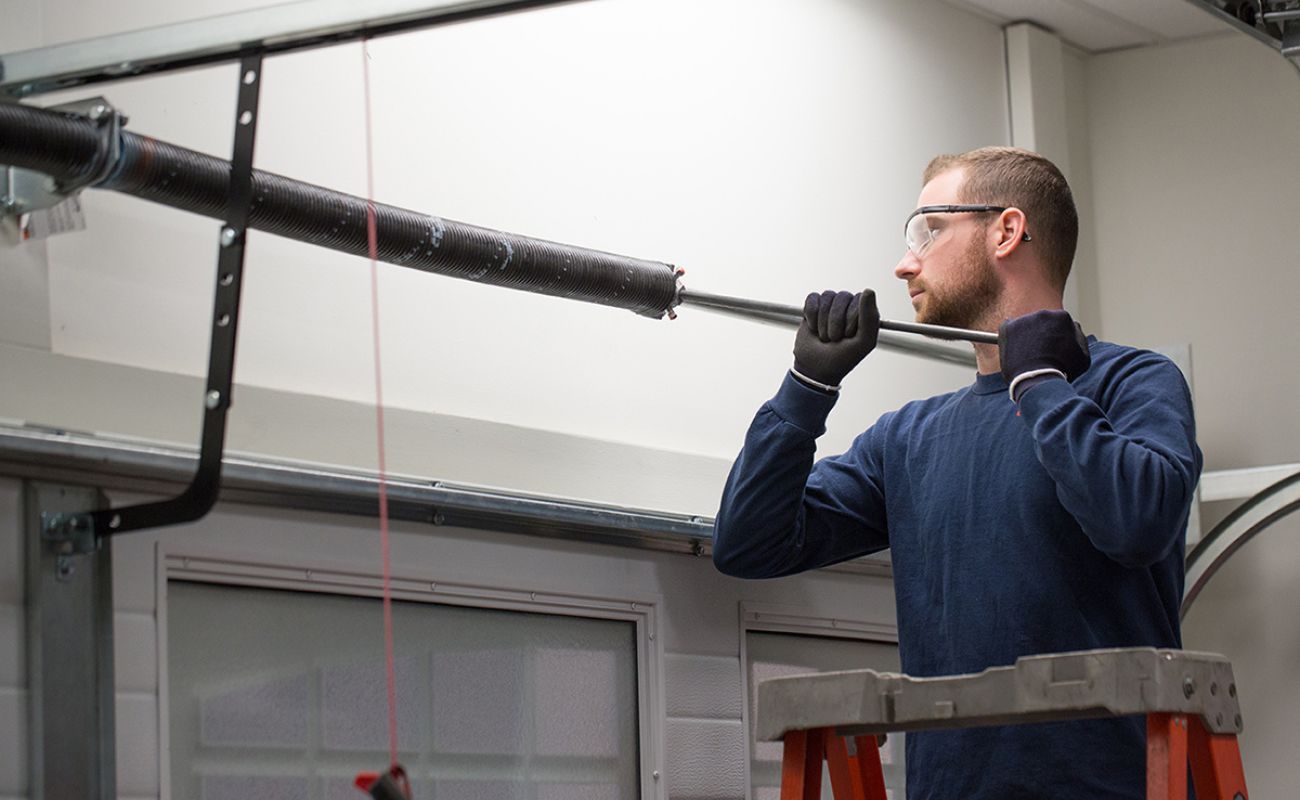
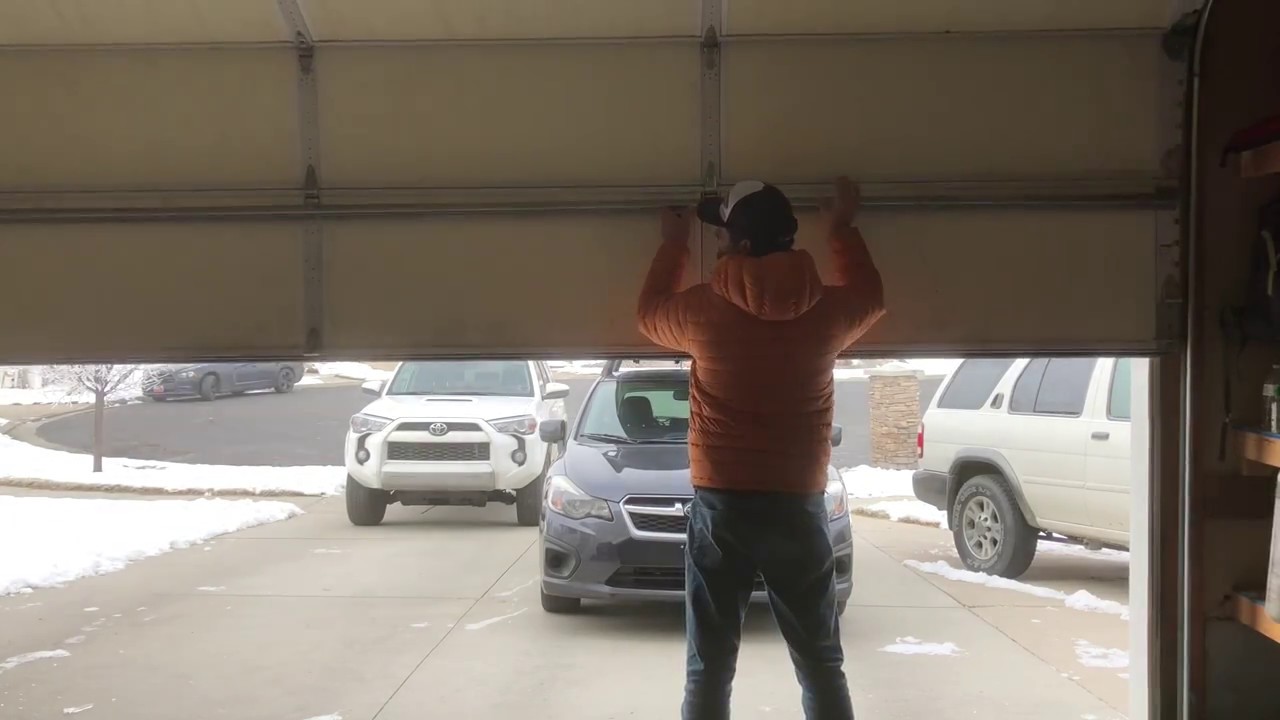
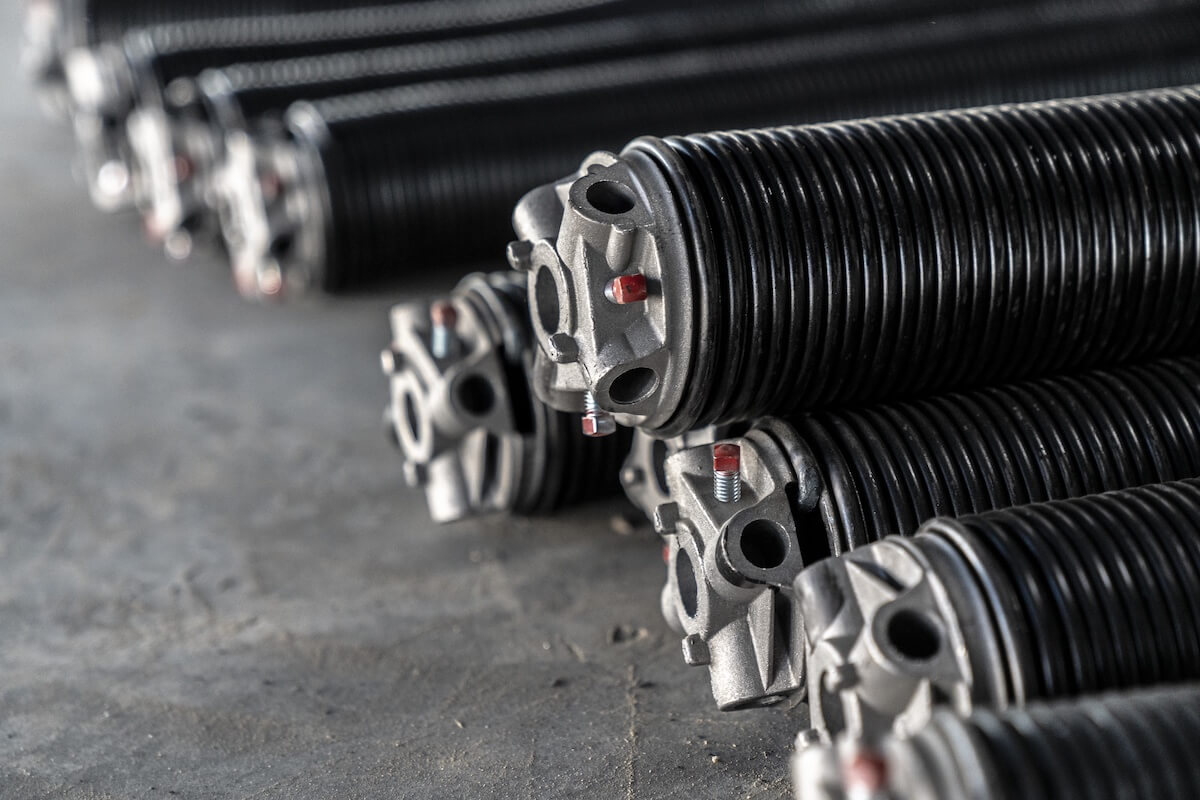
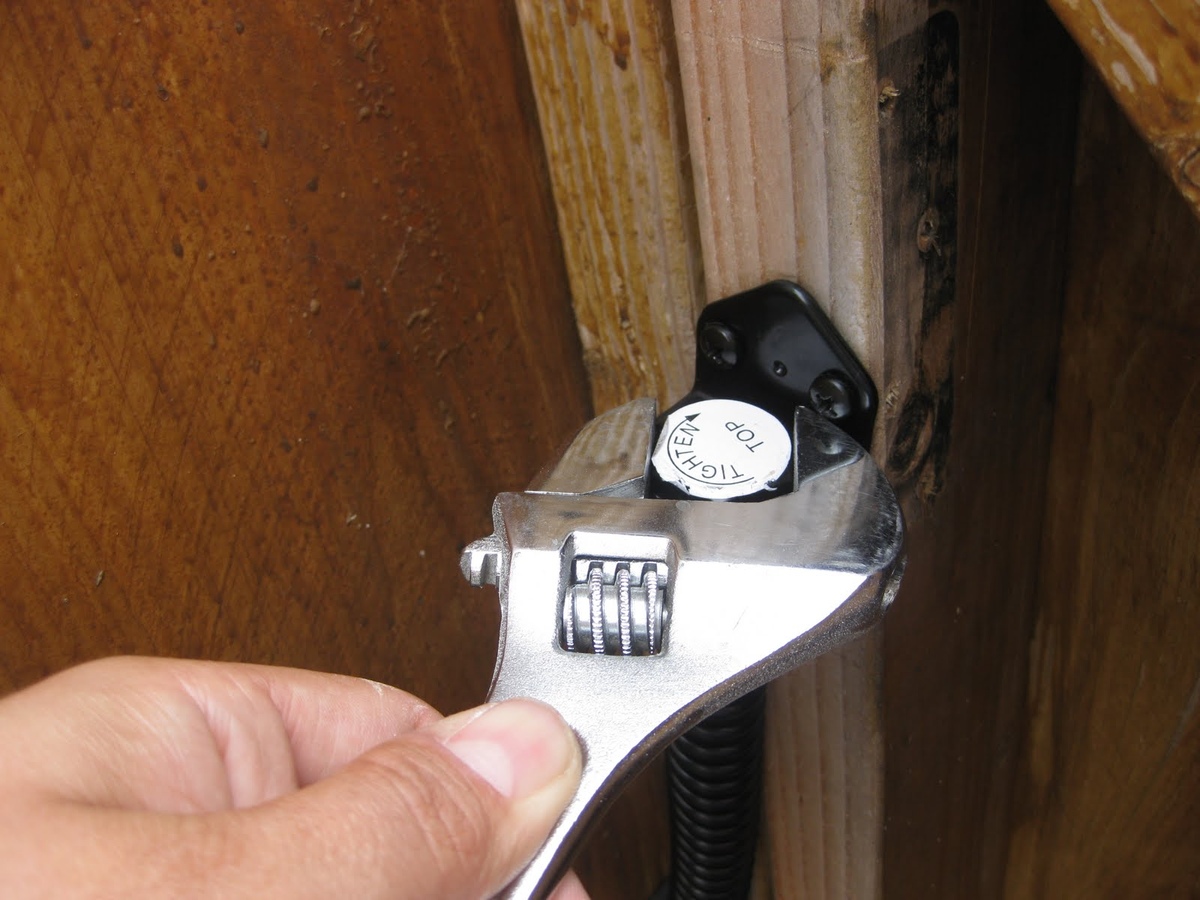
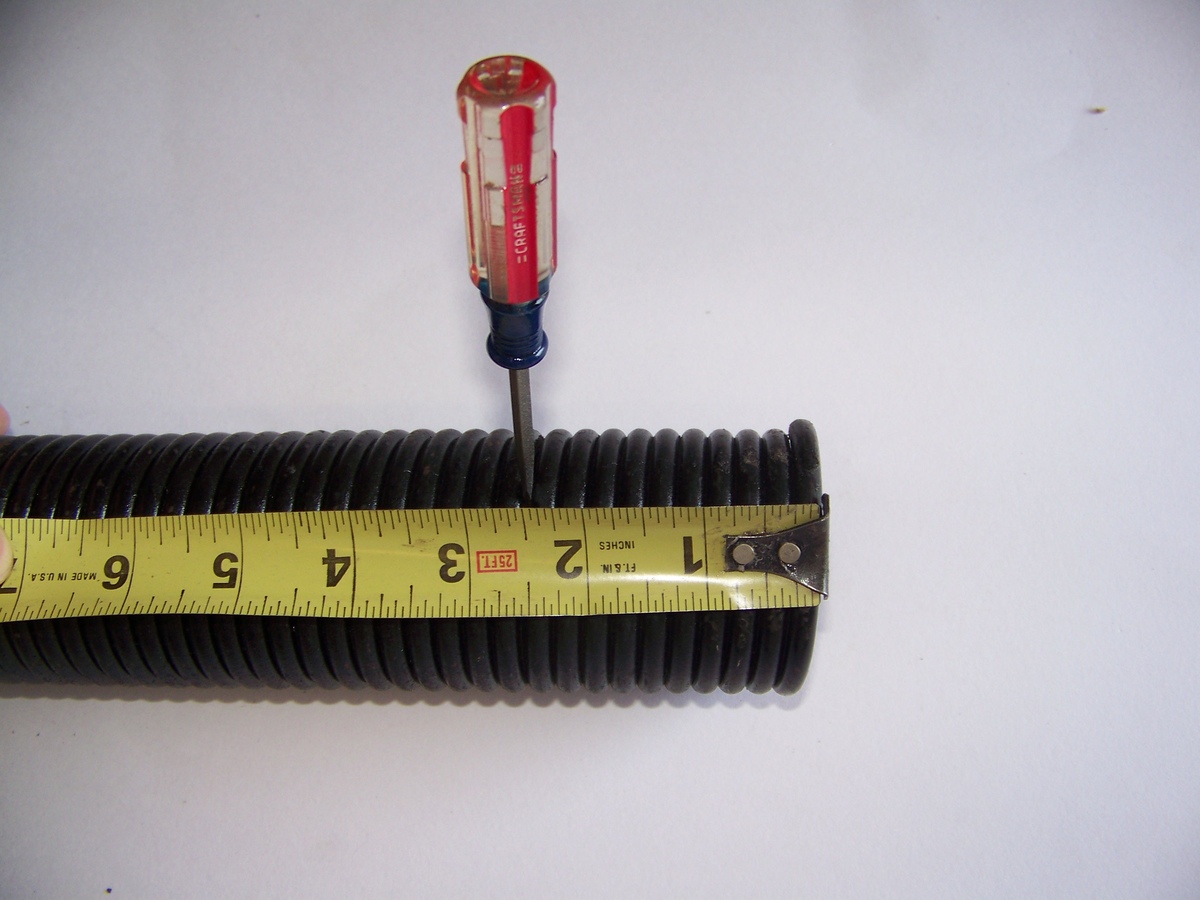
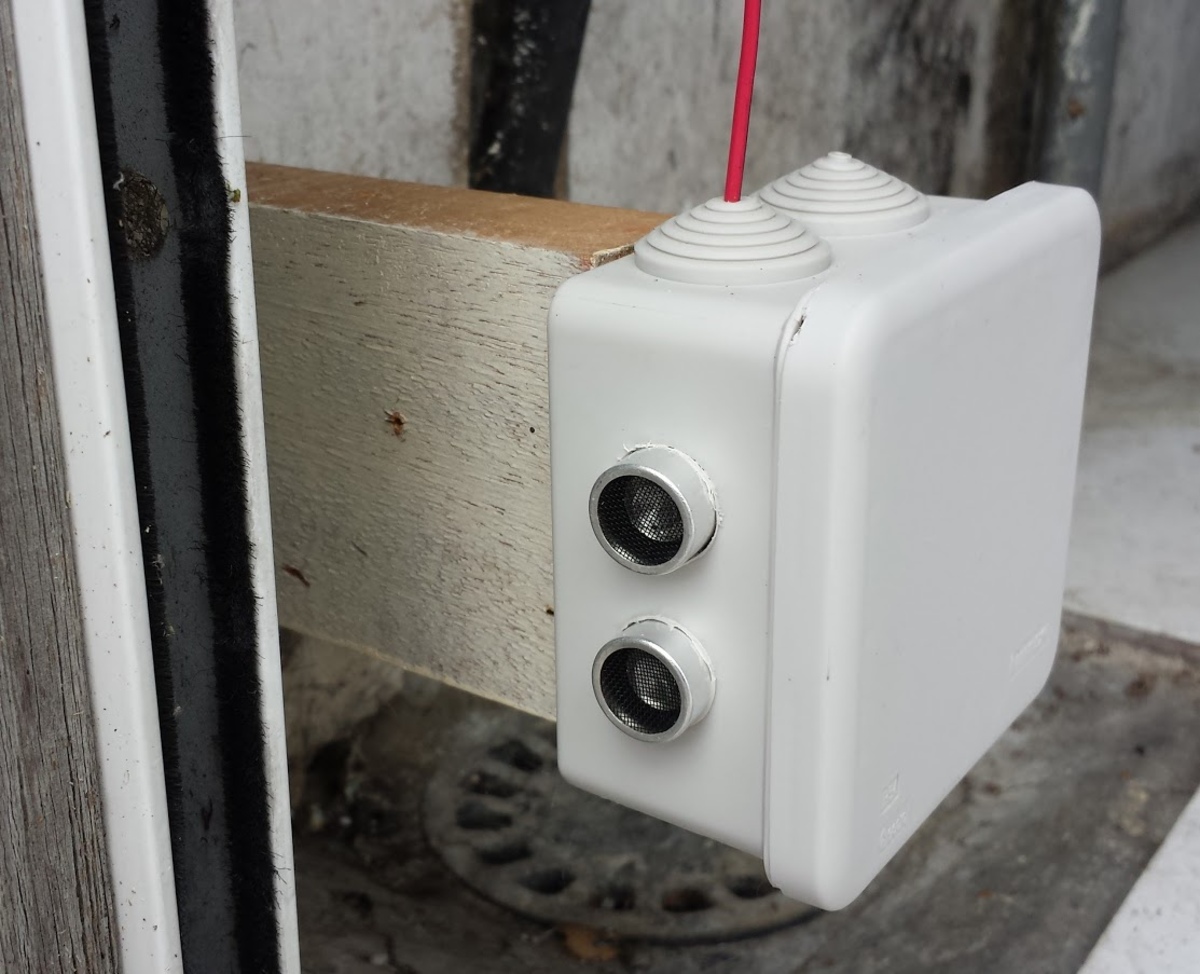
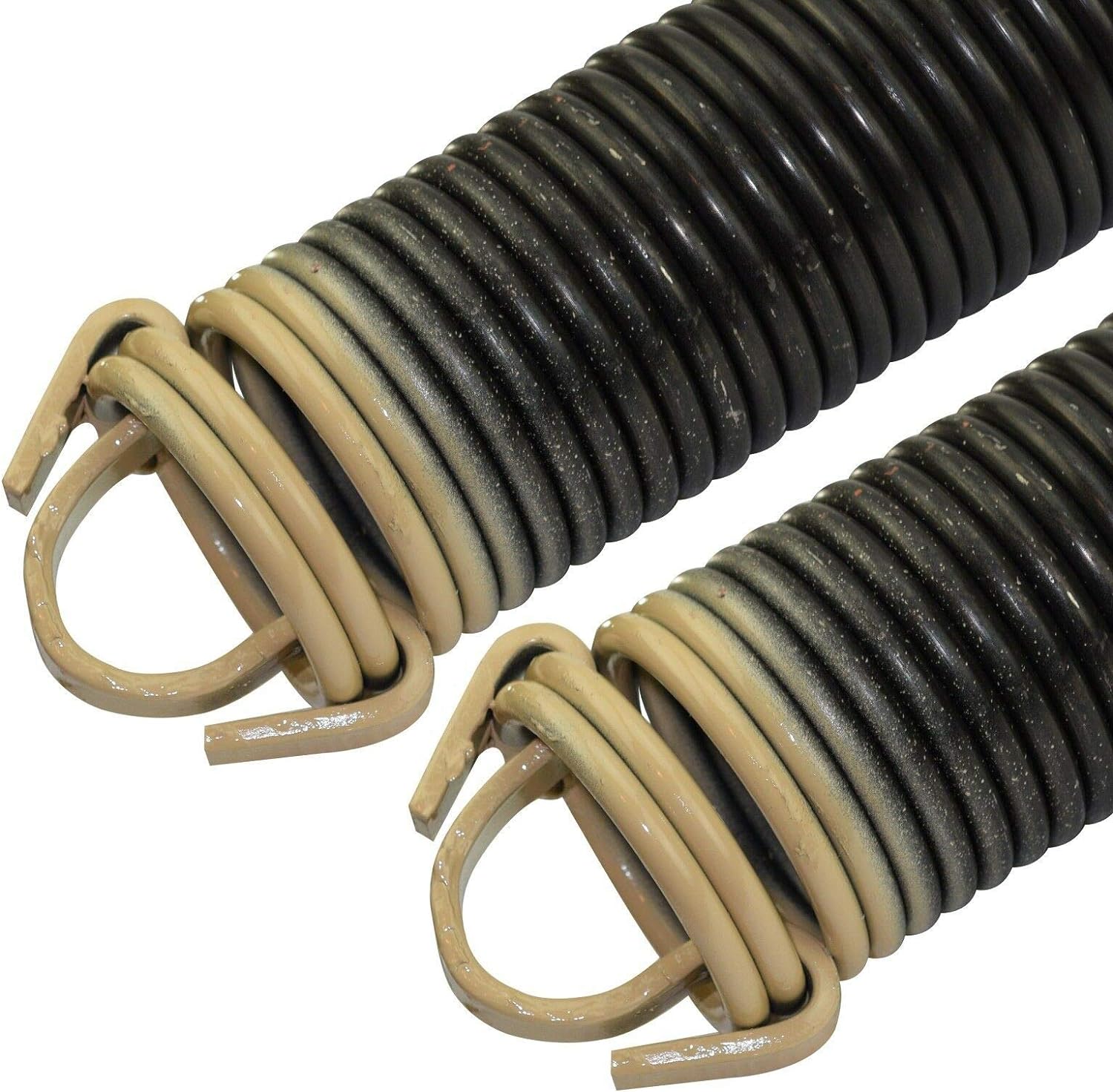

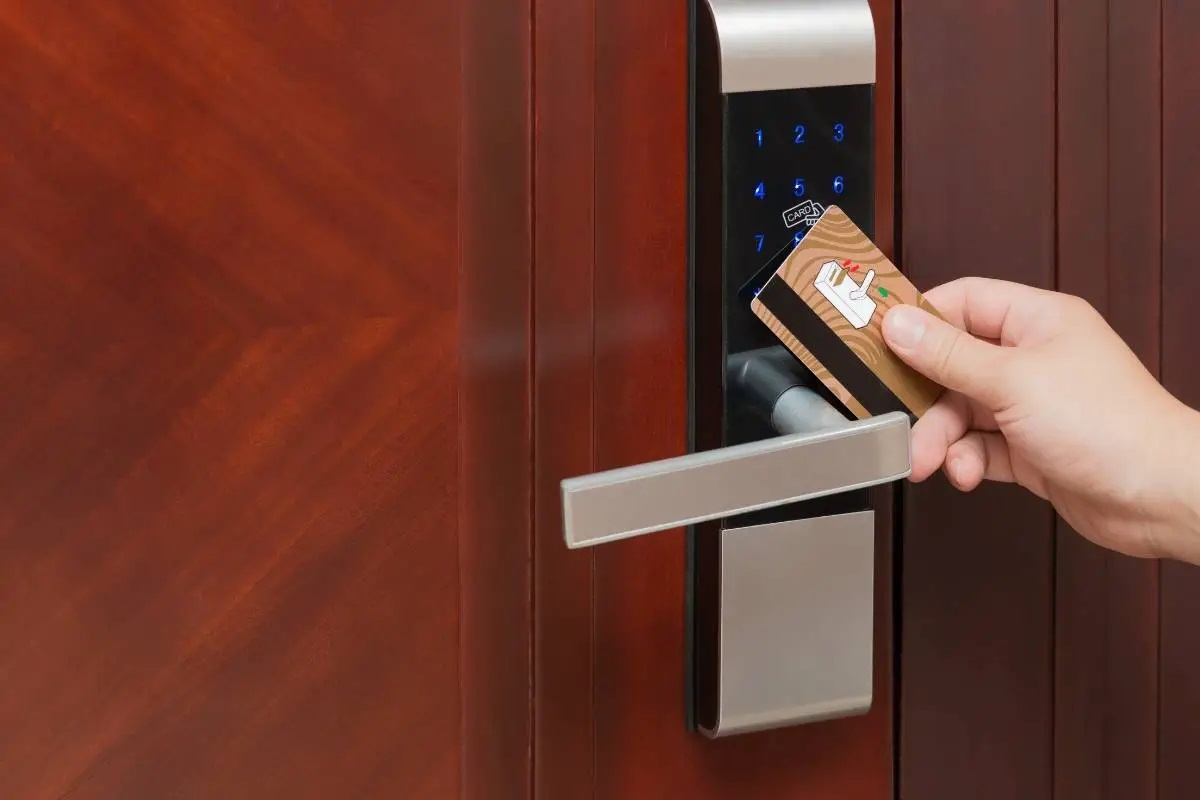
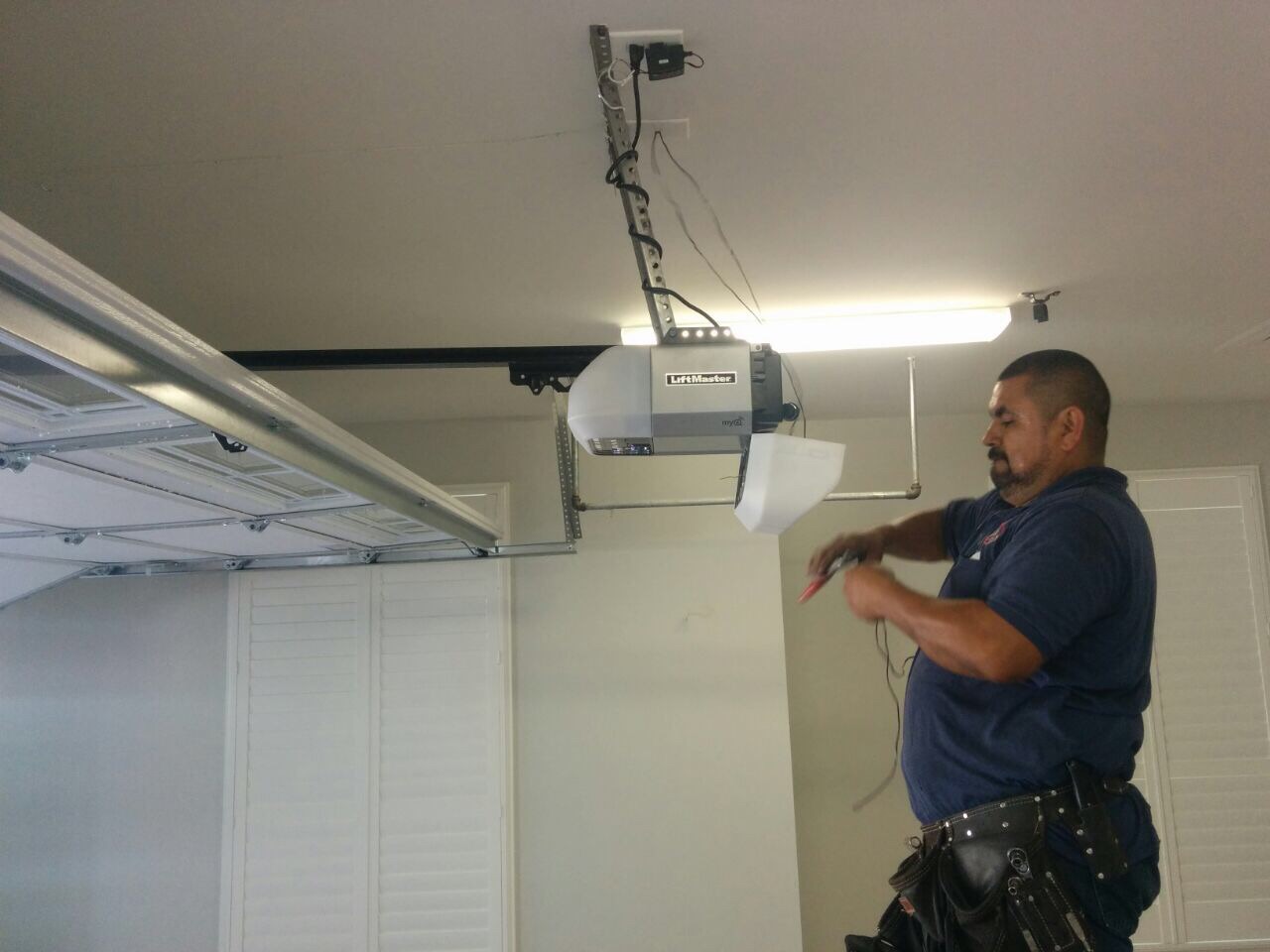

0 thoughts on “How Does A Garage Door Spring Work”